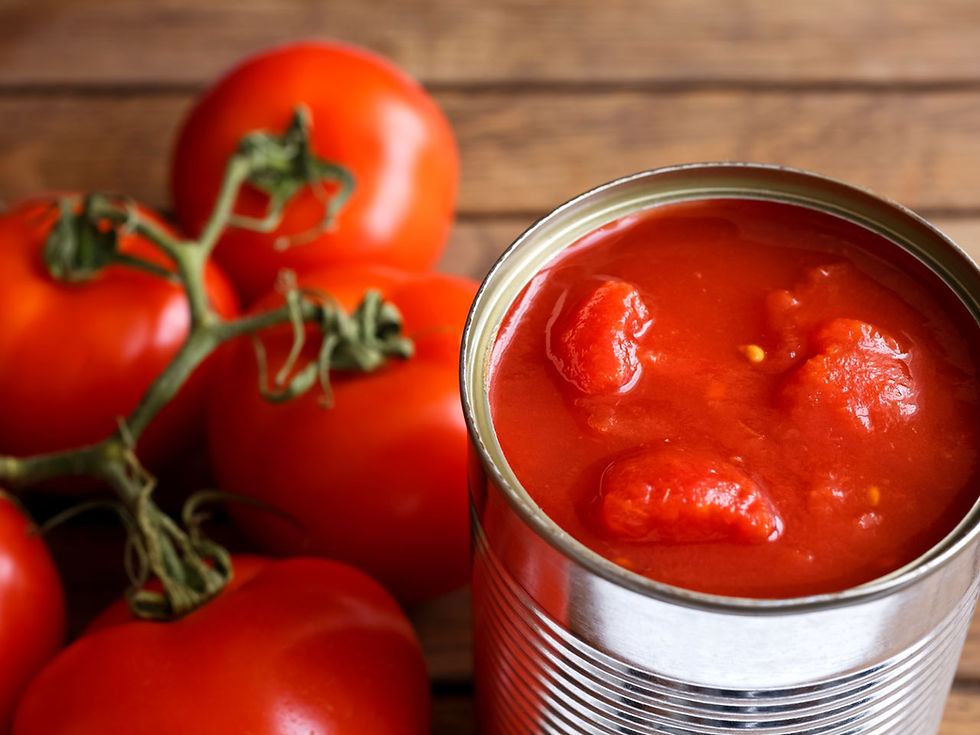The Unhealthy Vegan
- Lorraine
- Mar 9, 2023
- 3 min read

We have all met an unhealthy vegan or vegetarian at least once in our lifetime; you know the type, the person to whom their strict diet doesn’t interest you a bit, for no other reason than the fact that you look way healthier than they do. The way I see it, it’s like selling a product, it starts with the packaging, no one wants a personal trainer with a gut or an esthetician with bad skin. Now granted we all have the right to eat and live as we see fit, that’s a given, but this post is for those of you who are committed to living a vegan or vegetarian lifestyle but have no idea how to do it successfully.
An unhealthy vegan in my book is someone who has successfully omitted meat, milk, eggs and cheese from their diet but has failed to find proper replacements for the calories and nutrients lost. So instead of filling their meals with high nutrient foods they end up eating processed, nutrient deficient foods. I can’t tell you how many under-weight, unhealthy looking vegans and over-weight, high cholesterol vegetarians I’ve met but they all share one thing in common, they’re malnourished.
Ok, so how do you become a healthy vegan or vegetarian?
1. Commit to a lifestyle change. This is a 24/7 change, focusing on what you eat as well how you eat (chewing food thoroughly, not eating and drinking, spacing your meals out, eating in the order of digestion), what you put on your skin, your exercise regimen, daily access to fresh air and sunlight, going to bed on time, drinking adequate amounts of water, demonstrating moderation in all things.
2. Find a suitable replacement for the foods you will be omitting from your diet. (Vegetarian meats are designed to be a transitional food and by no means should be a staple in your diet. Be aware of vegetarian meats in the can as they are high in sodium, a better option is frozen meat. You can certainly opt to skip vegetarian meats altogether and go straight into eating beans, legumes, nuts and grain. The proper combination of these foods you can create ‘complete’ proteins and offer healthy fats, oils along with tons of vitamins and minerals. Oh and let’s not forget about your dairy replacements. There are quite a few options when it comes to milks, you have soy milk, rice milk, coconut milk, and every kind of nut milk you can think of. Your dairy needs can be met with brands like Daiya Foods, Vegan Heaven, Tofutti, Galaxy, Follow your Heart etc.)
3. While you are omitting meats and dairy take out processed foods as well. Process foods are depleted in nutrients and are often high in sugar and salt; they also have a lot of hidden dangers like MSG.
4. Read labels (Select foods that have the least amount of ingredients and that have words that can be easily pronounced. A lot of processed foods, some of your favorites, contain dairy. They are often hidden under alias’ like whey, casein, anything with ‘lacto’ in the name, caramel, etc. The best foods for you will be found in the produce section of the store, so consume plenty of those)
5. Stock up on healthy snacks. (If you’re anything like me, after a meal you’ll want something sweet or crunchy. Make sure to have healthy options on hand. You can keep them in the car, at your desk, wherever. The idea here is to keep you from making an impulsive decision and buying junk.
6. Plan ahead! (Check out some restaurants that serve vegan or vegetarian meals. Although salads are nice, it's great to have other options when you go out. These restaurants can also serve as your go too, when you’re traveling and need a place to eat.)
7. Drink plenty of water. (70% of the body is water (not juice or soda) and water is lost in 4 ways: deification, urination, perspiration and respiration; so, replace often-drink until your urine is clear)
Don’t be an unhealthy vegan, look and feel the part and others will be drawn to your lifestyle.




Comments